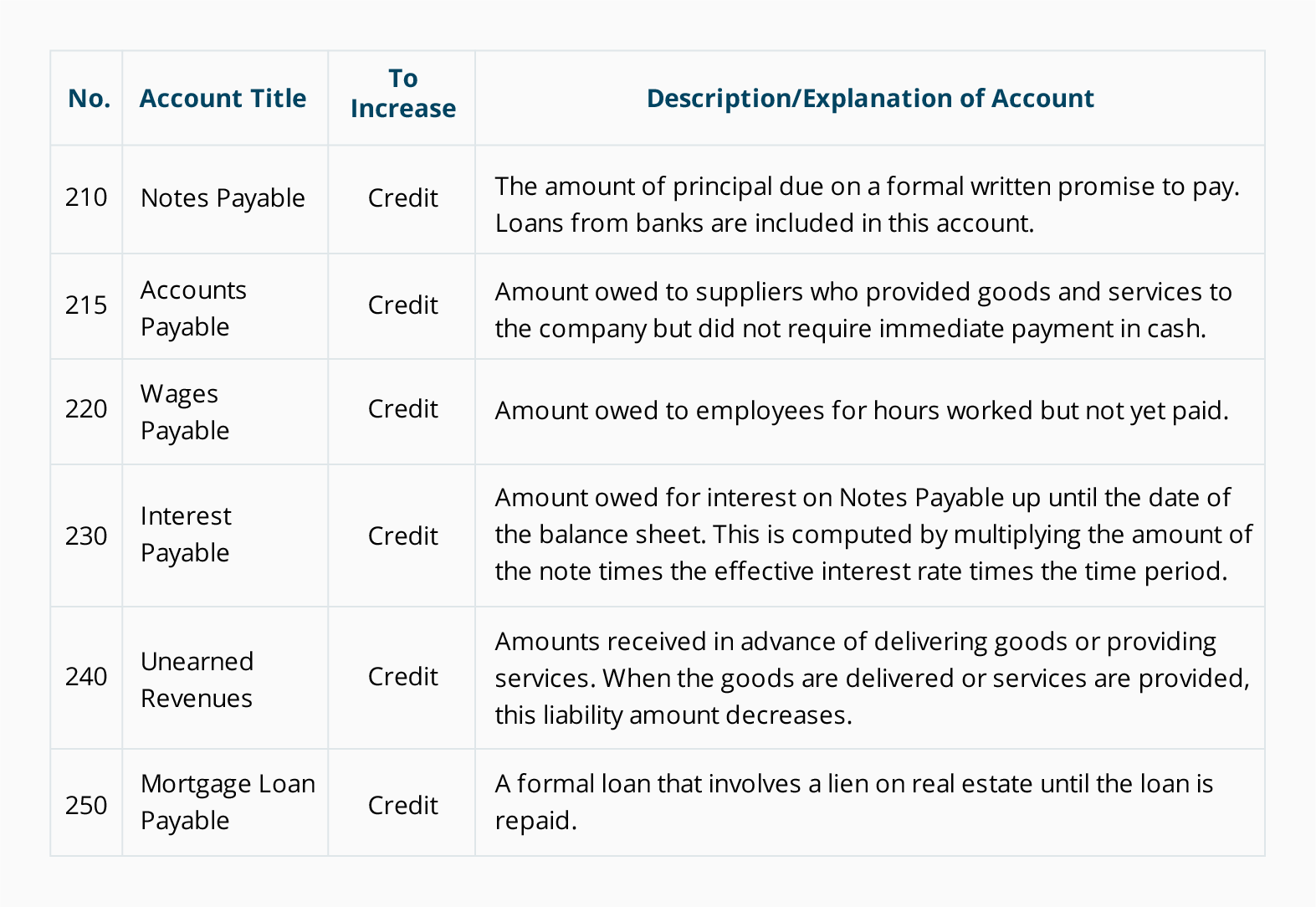
It’s not always fun seeing a straightforward list of everything you spend your hard-earned money on, but the chart of accounts can give you an important view of your spending habits. You can get a handle on your necessary recurring expenses, like rent, utilities, and internet. You can also examine your other expenses and see where you may be able to cut down on costs if needed. A business transaction will fall into one of these categories, providing an easily understood breakdown of all financial transactions conducted during a specific accounting period.
- 11 Financial is a registered investment adviser located in Lufkin, Texas.
- There are five main account type categories that all transactions can fall into on a standard COA.
- A COA typically includes a detailed list of accounts organized by categories like assets, liabilities, and expenses, each with a unique code.
- Consider the nature of your business, the types of transactions you make, and the financial reports you need to generate.
- Transaction Matching automates the matching of transactions across various data sources, aligning line-level transactions efficiently.
Chart of accounts structure
Expense accounts allow you to keep track of money that you no longer have. The chart of accounts is a list of every account in the general ledger of an accounting system. Unlike a trial balance that only lists accounts that are active or have balances at the end of the period, the chart lists all of the accounts in the system.
Learn how Ramp strengthens your finances
In the comprehensive guide, we’ll discuss the definition, importance, and examples of a chart of accounts. Additionally, we’ll provide a free template to create your own chart of accounts. The exact layout of the accounting chart of accounts is a matter of choice depending on the exact reporting requirements of the business. The important point to remember is not to over complicate the chart of accounts.
You’re our first priority.Every time.
Let’s look back in history to see how people came to the idea of having the chart of accounts as an accounting necessity. Expenses are the means a company spends to generate revenue and operate its business. They can be the money spent on resources and activities necessary to keep the business running smoothly. The revenue accounts appear based on the source of where the income comes from. When a company purchases inventory on credit, the Inventory account is debited to increase it, and the Accounts Payable account is credited to record the liability to pay for the inventory in the future. To understand the chart of accounts, you might want to look at the concepts of accounts and general ledger.
Our team is ready to learn about your business and guide you to the right solution. Income tends to be the category that business owners underutilise the most. Current liabilities are classified as any outstanding payments that are due within the year, while non-current or long-term liabilities are payments due more than a year from the date of the report. These numbers are typically four digits, and each account has a unique number. Current liabilities are any outstanding payments that are due within the year, while non-current or long-term liabilities are payments due more than a year from the date of the report. My Accounting Course is a world-class educational resource developed by experts to simplify accounting, finance, & investment analysis topics, so students and professionals can learn and propel their careers.
Part 2: Your Current Nest Egg
Revenue appears at the top line of the income statement, showing the total amount of money earned from sales or other business activities. It reflects the company’s ability to generate income from its core operations, indicating 8 steps for hiring the best employees its financial health and growth potential. The standard chart of accounts requires you to present your finances divided into several groups – accounts – representing various aspects of your business activities.
From automating journal entry preparation to automated posting, it significantly reduces the potential for human error and ensures consistent, accurate record-keeping. This is particularly beneficial for managing a COA efficiently, as it allows for real-time updates and minimizes discrepancies in financial data. The structure of a COA not only facilitates accurate financial recording and reporting but also ensures that all financial transactions are accounted for systematically. This significantly aids organization in financial analysis, compliance, and decision-making.

Thanks to accounting software, chances are you won’t have to create a chart of accounts from scratch. Accounting software products generally set you up with a basic chart of accounts that you can work with your accountant or bookkeeper to amend, according to your industry and your business’s complexity. A chart of accounts, or COA, is a complete list of all the accounts involved in your business’ day-to-day operations. Your COA will most often be referred to when recording transactions in your general ledger. Although most accounting software packages like Quickbooks come with a standard or default list of accounts, bookkeepers can set up and customize their account structure to fit their business and industry.
Leave a Reply